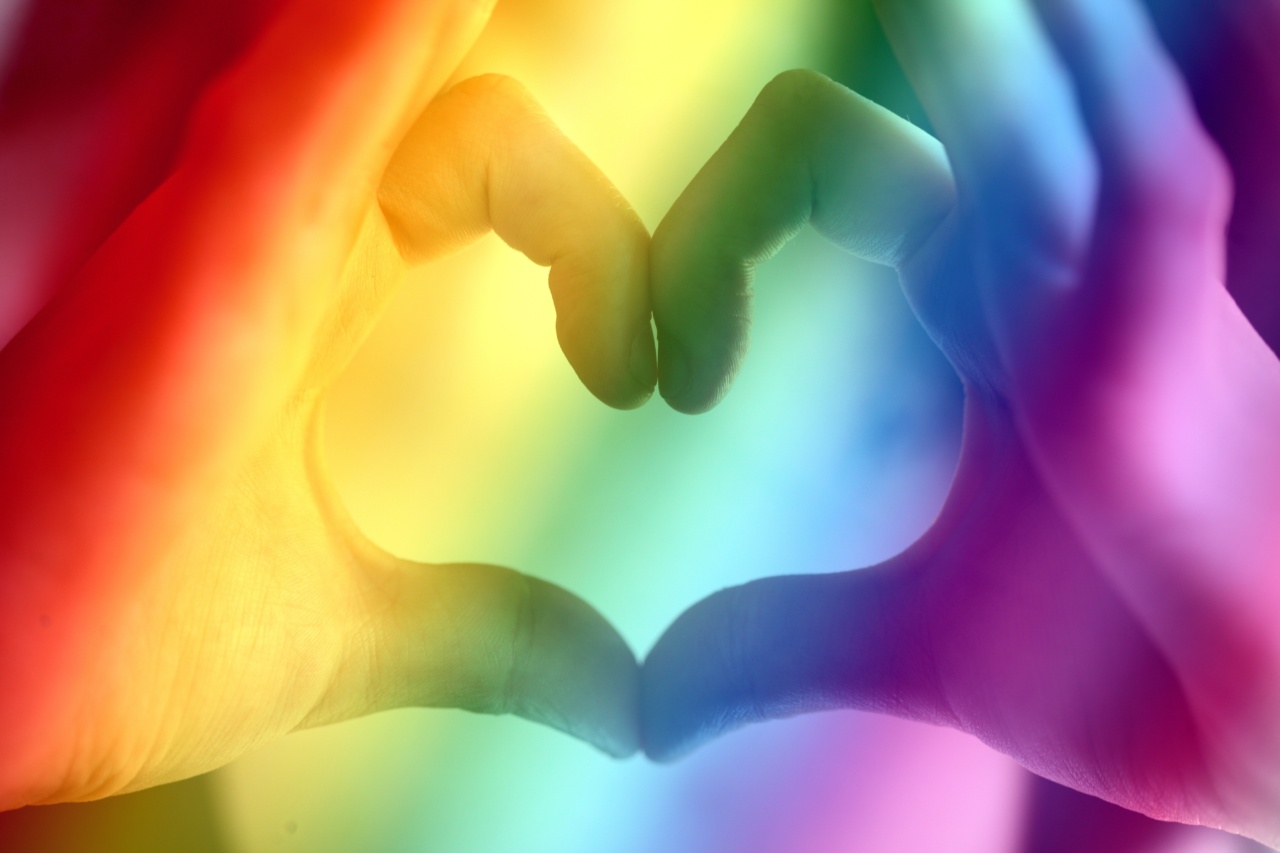Gender identity is the internal feeling of being male, female, or something else. It is different from biological sex, which is determined by the anatomy of an individual’s reproductive system at birth.
Gender identity is a fundamental aspect of who we are as individuals, and it can be a complex and personal journey to determine where we fit within the spectrum of gender identities.
Understanding Gender
Gender is not simply a binary classification of male and female. It is a social construct that includes many different identities and expressions. Gender can exist on a spectrum, with people identifying as male, female, both, or neither.
Gender expression is also diverse and may include aspects of dress, grooming, behaviors, and social roles traditionally associated with masculinity or femininity.
Gender Identity and Sexuality
Gender identity is different from sexual orientation, which refers to who a person is sexually attracted to. It is possible to be a transgender person who is attracted to men, women, both, or neither.
Similarly, a person who identifies as male or female may be attracted to people of any gender.
Signs of Gender Identity
Signs that may indicate a person is struggling with their gender identity can vary greatly.
These signs may include feeling uncomfortable with their body, feeling like they don’t fit in with typical gender roles, feeling like they are not male or female, or feeling like they are the opposite gender than they were assigned at birth. These feelings can be persistent or they can come and go over time.
Exploring Gender Identity
Exploring gender identity can be a process that is very personal and can happen over time. It is important to talk with someone supportive and informed about gender identity issues.
This person may be a counselor, a medical professional, or a trusted friend or family member who has experience with these issues.
Transgender Identity
Transgender refers to a person whose gender identity differs from the sex they were assigned at birth. For example, a person who was assigned male at birth but identifies as female is transgender.
Transgender people may choose to undergo hormone therapy, surgery or other procedures to help their body match their gender identity.
Non-Binary Identity
Non-binary refers to people who do not identify as strictly male or female. Some non-binary people may identify as a combination of both male and female, while others may feel like they do not identify with either gender.
Cisgender Identity
Cisgender refers to people who identify with the gender they were assigned at birth. For example, a person who was assigned male at birth and identifies as male is cisgender. Most people are cisgender.
Gender Dysphoria
Gender dysphoria is a condition where a person experiences distress or discomfort because their gender identity does not match the sex they were assigned at birth. This distress can be severe and can interfere with a person’s daily life.
A diagnosis of gender dysphoria can help a person access appropriate care and support.
Resources for Gender Identity
There are many resources available for people who are exploring their gender identity or who want to learn more about gender diversity.
These resources may include support groups, online communities, LGBTQ+ organizations, and medical professionals who specialize in gender identity issues.
The Journey of Discovering Gender Identity
Discovering gender identity can be a challenging journey, but it is an essential part of developing a sense of self and finding a place in the world.
With the support of informed and accepting friends, family, and professionals, anyone can find a gender identity that is authentic and true to themselves.



























